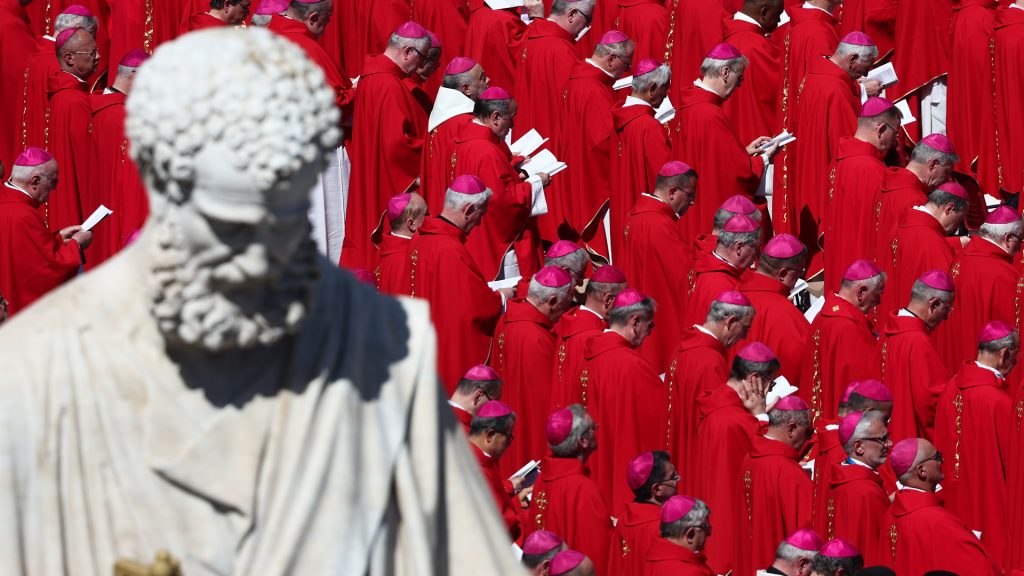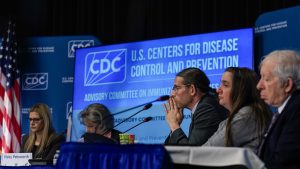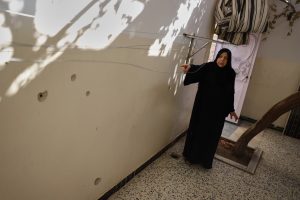Sistine Chapel closed for conclave to elect new pope
Ella Greene April 28, 2025 0
Cardinals are preparing to elect the next pope following Pope Francis’ funeral and a nine-day mourning period that concluded on Friday, April 26. The Vatican closed the Sistine Chapel ahead of the conclave, expected to begin no earlier than May 5, pending final confirmation from the College of Cardinals.
Of the 253 cardinals worldwide, 138 are eligible to vote, limited to those under the age of 80. Following tradition, cardinals will recite the Litany of Saints, swear an oath of secrecy and seal the chapel doors before voting. When the conclave chooses a new pope, white smoke will rise from the chapel’s chimney and bells will ring to signal the decision.
When will the conclave begin?
The cardinals plan to meet again Monday, April 28 at 9 a.m. local time in Rome to finalize preparations. According to Vatican rules established by Pope John Paul II and updated by Pope Benedict XVI, a conclave must begin between 15 to 20 days after a pope’s death unless all electors have already arrived and agree to start earlier. While officials originally indicated the conclave would not start before May 6, the schedule could shift if all electors are present.
At the time of Francis’ death, the College of Cardinals had 135 voting members. Attendance figures continue to be updated, and the Vatican press office is expected to clarify the final number closer to the conclave’s start.
What issues are influencing the cardinals’ discussions?
Many cardinals face pressure to balance unity and diversity without stalling reforms. Francis expanded the College of Cardinals with members from outside traditional European centers of power, encouraging greater cultural and pastoral diversity. Some Vatican officials, like the Rev. Antonio Spadaro, have argued that protecting diversity within the church is essential for its future health.
Under Francis, proposals to allow older married men to serve as priests in remote regions and discussions about blessing same-sex couples stirred internal debate. Although Francis promoted dialogue, he often refrained from making sweeping decisions when issues threatened to divide the church.
On questions such as priestly celibacy and women’s roles, Francis moved cautiously, citing concerns over ideological polarization. His exemption for African bishops from adopting same-sex blessings highlighted his attempt to accommodate regional differences without fracturing the global church.
What happens during the conclave?
The conclave takes place inside the Sistine Chapel under strict secrecy rules. Cardinals vote by secret ballot, and the ballots are burned after each round of voting. Black smoke from the chapel’s chimney signals an inconclusive vote, while white smoke and bell ringing announce the election of a new pope.
The duration of the conclave remains uncertain. Historically, conclaves have ranged from a few days to several weeks depending on how quickly the cardinals can reach consensus.
Ella Rae Greene, Editor In Chief
Ella Greene
Ella and the staff at Clear Media Project (CMP) curate these articles.
Unless otherwise noted CMP does not write these articles.
The views, thoughts, and opinions expressed in the articles published on this blog belong solely to the original authors and do not necessarily reflect the views of the blog owner. The blog owner does not claim ownership of the content shared by contributors and is not responsible for any inaccuracies, errors, or omissions.
All rights and credits goes to its rightful owners. No Copyright Infringement is intended. If you believe any content infringes on your rights, please contact us for review and potential removal.





